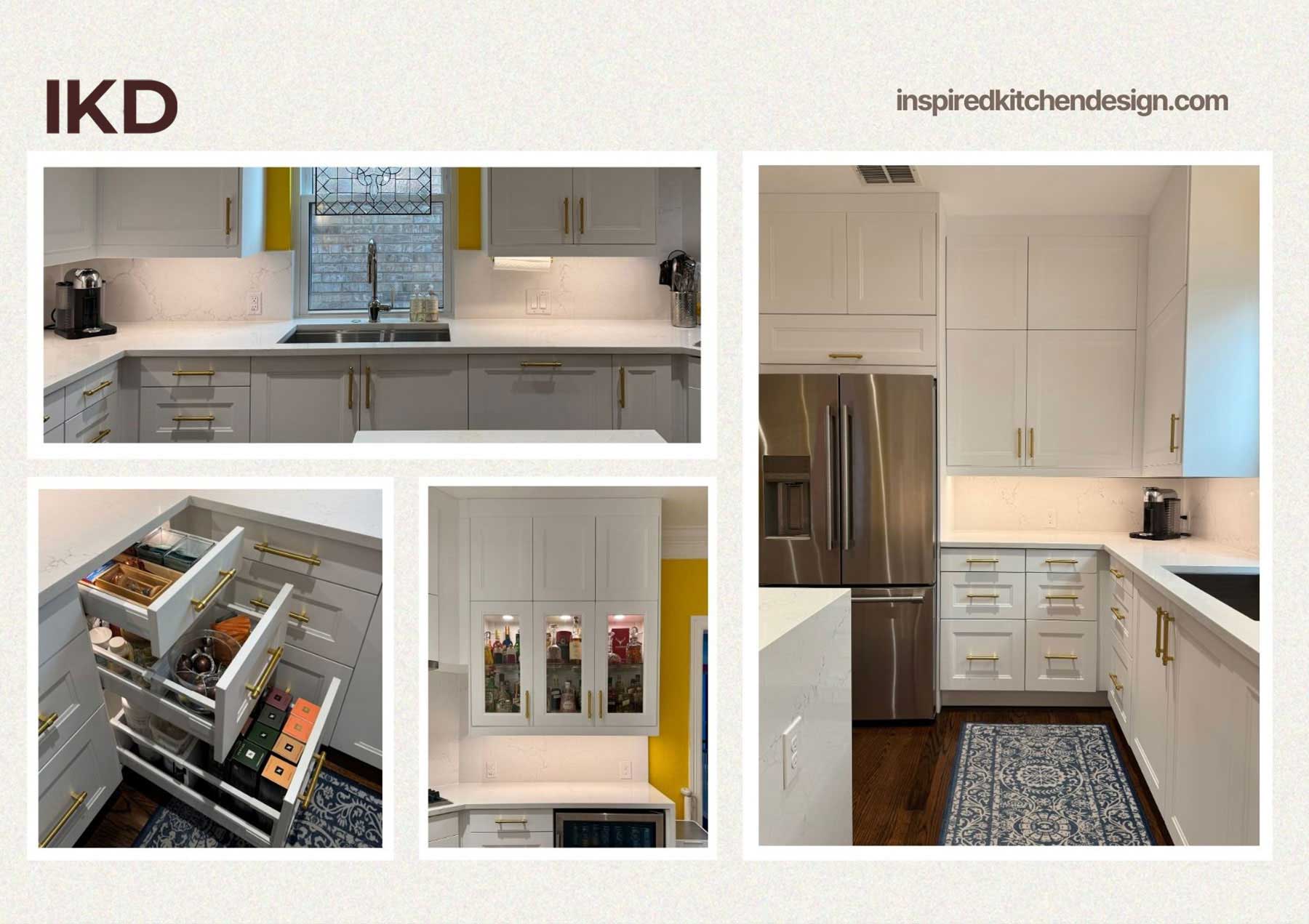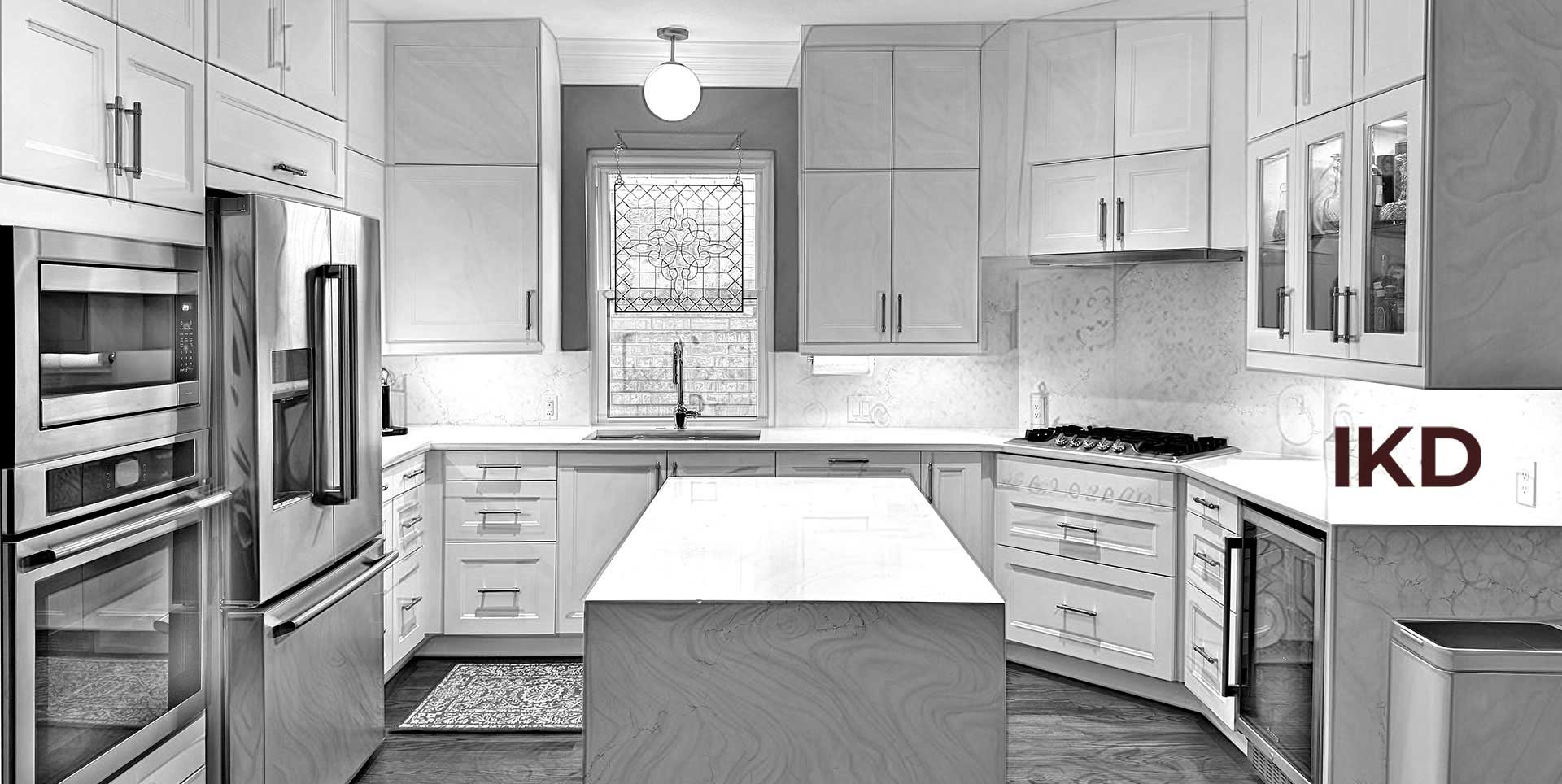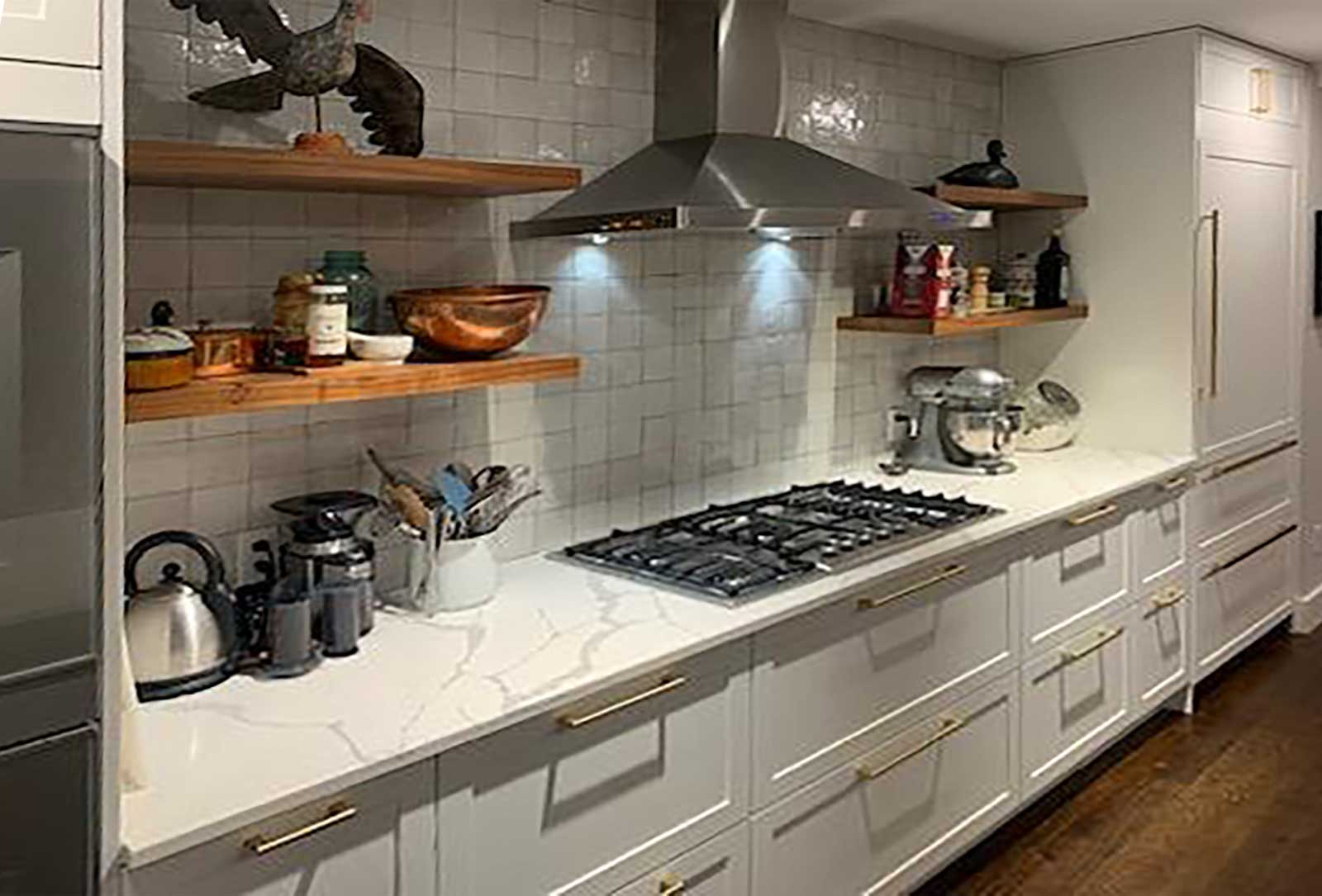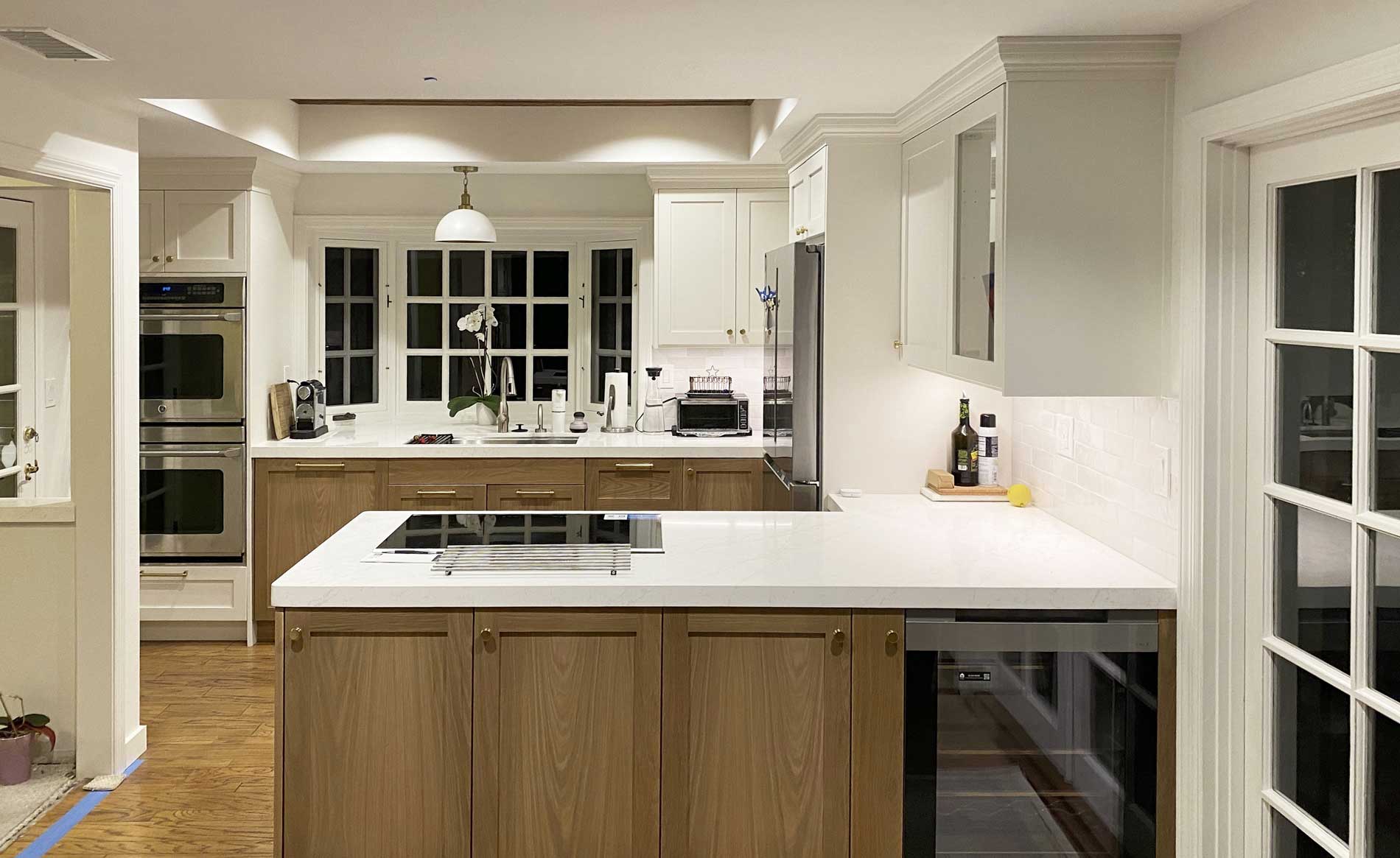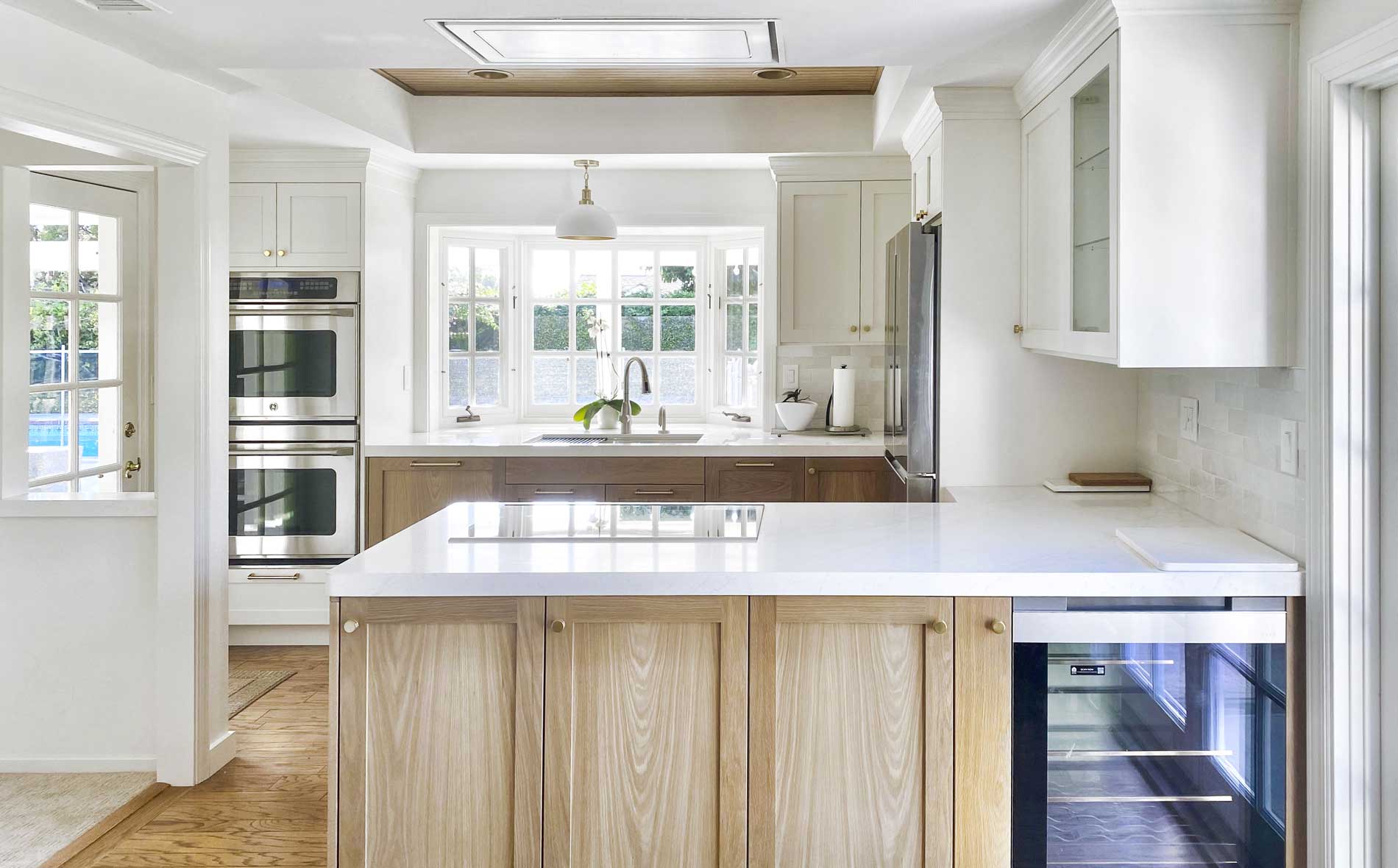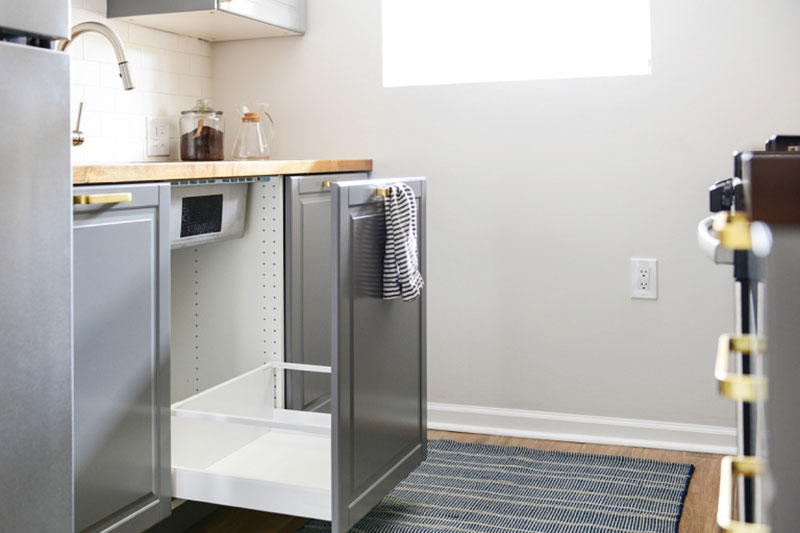

Expert advice on understanding the differences in cabinetry options
A major part of having a successful IKEA kitchen design is understanding the products you’re purchasing. Nowhere is this more important than selecting the right cabinetry.
Our design team understands how this task could be challenging — and even a bit overwhelming — for new remodelers or DIYers. There’s a lot to consider.
That’s why they’ve comprised some very useful information for people researching the difference between framed cabinets and frameless cabinets — and how IKEA kitchen cabinets work.
Why is this so important? Well, maybe you’re interested in IKEA storage options for your kitchen (or master bath!) project; or want to understand how to best utilize the space in your home; or simply want to know more about cabinet construction in general.
The following information will ensure that the IKEA cabinets you select are the right ones for your project, both functionally and stylistically.
Ready to get started? Great.
Let’s take a look!
Why Design
with IKD?
Why Design with IKD?
Understanding Framed Cabinets
So what are framed cabinets anyway? Framed cabinets have a frame or lip at the front of the cabinet box. Think of a more traditional style of kitchen cabinetry.
Indeed, the advantages of framed cabinets are plenty. The cabinet doors are secured to the frame, for one, which gives the cabinet more sturdiness. Equally important is that framed cabinets give you design options, whether it’s cabinet door size or for modifications.
For instance, partial (with a small reveal) and full overlay (the door covers the reveal completely) cabinet doors as well as inset cabinet doors (where the door fits inside the reveal) can all be used easily with framed cabinets.
Also, for a standard 10×10 kitchen, framed cabinets are nearly $1,000 less than frameless options.
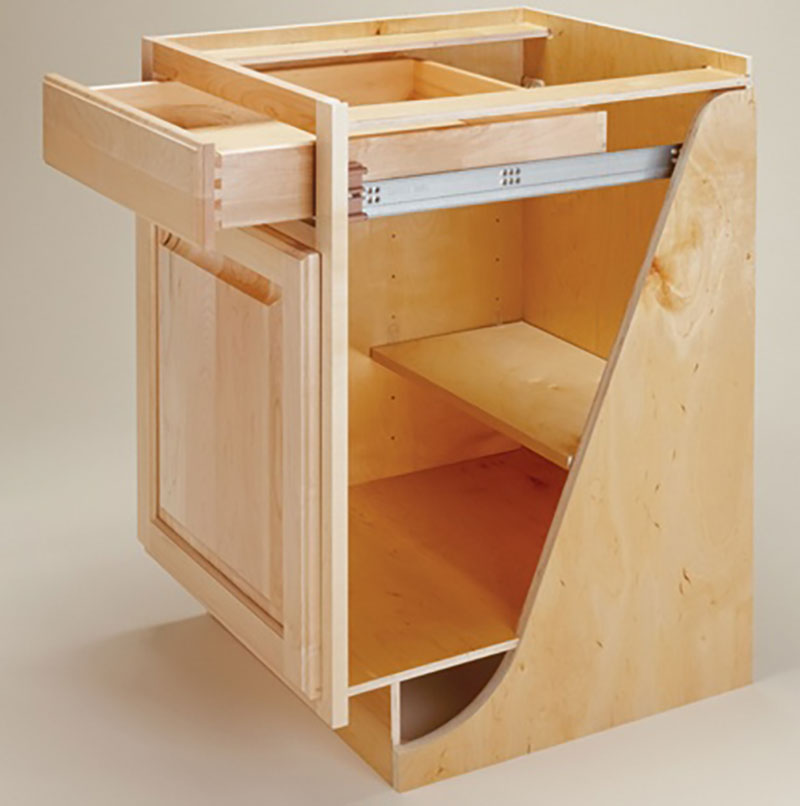
Of course, there are some disadvantages to consider. For example, the center stile that is on framed cabinets can obstruct access to the inside; also drawers tend to be shallow because of the frame. Since the frame is used to give the cabinet support, this sometimes means the framed cabinet may be constructed of thinner materials to compensate.
Keep in mind that all of these factors together could cause installation time to take longer.
Let’s next take a look at the benefits of framelesss cabinets.
IKEA Frameless Cabinetry
If you’re looking to add European style to your kitchen you’ll want to consider frameless cabinets AKA “full access” cabinetry. Frameless means that there’s no frame or lip at the front of the cabinet box. (Pro tip: All IKEA’s cabinetry is frameless, so this is where IKEA’s sleek, minimalistic aesthetic comes from for most of its cabinetry.)
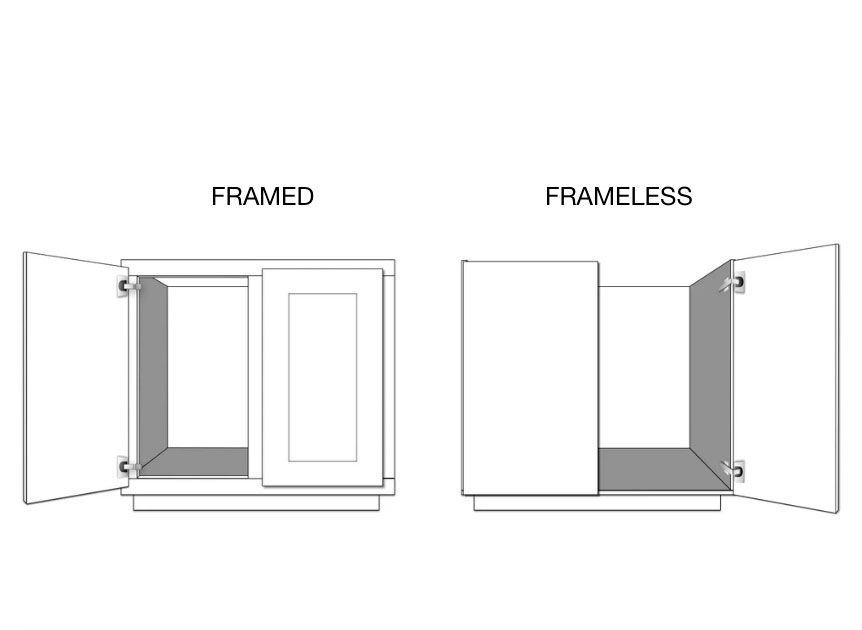
IKEA frameless cabinetry also offers full access to the inside of the drawers as well as more storage space to work with. So you can really maximize space in your IKEA kitchen design.
In fact, the drawers of frameless cabinetry are actually larger because of the space saved by not having a frame (frameless cabinets have about 10% more storage than framed cabinets on average).
This makes IKEA frameless cabinetry an ideal option for avid cooks to store cooking supplies or for couples that entertain often and want easy access to flatware and glasses.
Eliminating the face frame also offers greater accessibility; plus there is more stability due to its thicker box construction. The shelving in frameless cabinetry is also usually adjustable, so it provides you (and us!) with greater design flexibility.
A key point is that IKEA’s signature SEKTION internal drawers wouldn’t be possible if IKEA cabinets were framed. IKEA’s SEKTION high cabinet with adjustable shelves in HAGGEBY white is one great example along these lines.
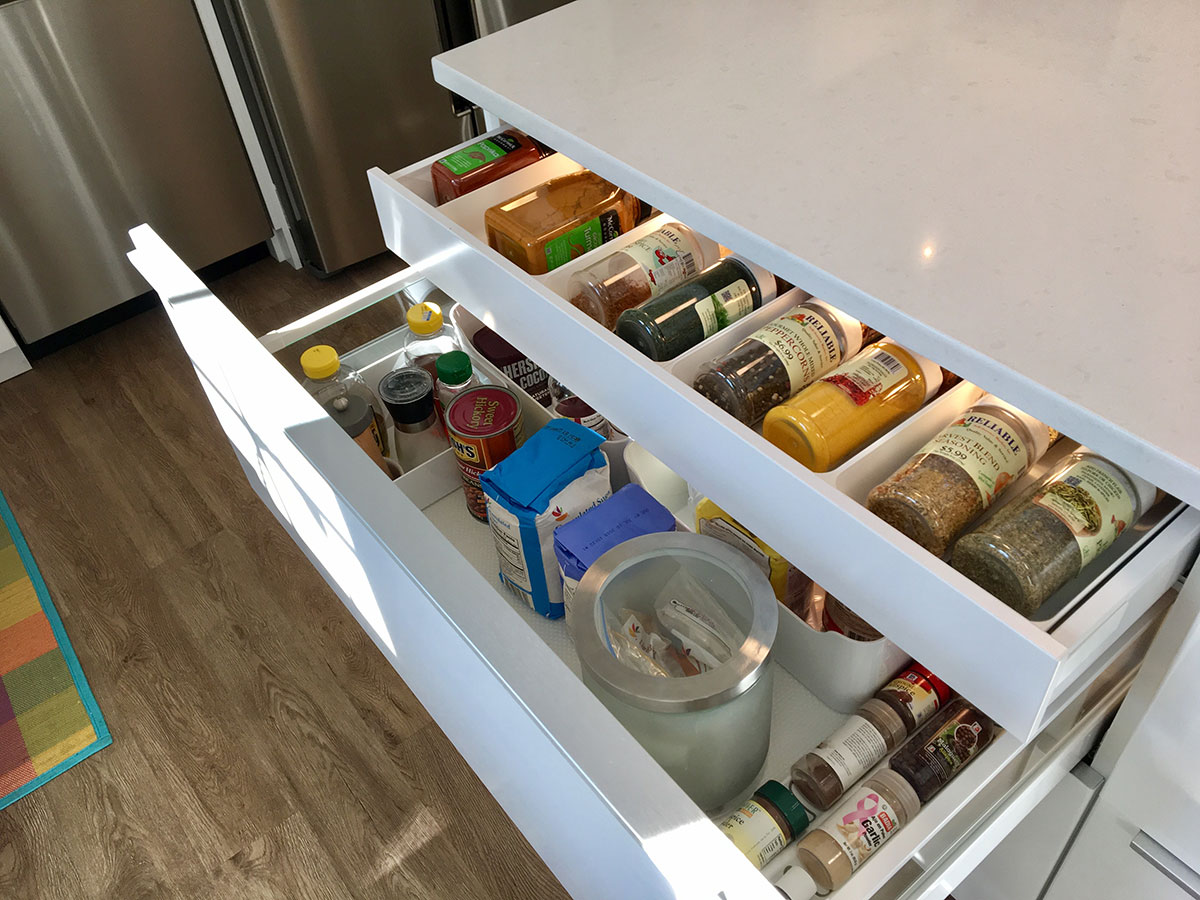
Plus, with frameless cabinetry construction and installation is quicker. This results in fewer labor hours (which means lower installation costs), and, more importantly, that you can start enjoying your kitchen sooner.
There are some limitations with frameless cabinetry though.
For instance, only full overlay doors can be used, which limits your design choices and makes it that the design must take clearances of the cabinet doors into account. If you don’t leave clearance space between the cabinet and the wall, for example, the door won’t open completely.
This is crucial and not a remodeling mistake you want to make! Plus, in an uneven installation, a frameless cabinet can be pulled out of shape; although fret not — that’s easily corrected during installation.
Lastly, frameless cabinetry usually costs more than framed cabinetry. This is because frameless cabinetry is often made of thicker materials to compensate for the lack of frame. This, of course, will be a consideration for IKEA customers looking for affordable options.
As you can see, there are many factors to consider when selecting the right cabinetry for your IKEA kitchen. Our designers are here to guide you through the process and will help you design a stylish and functional IKEA kitchen.
Now that you’re armed with this information, we hope you’re also inspired to start your IKEA kitchen remodel soon!
Get a Professional IKEA Kitchen Design – All Online
Work with our certified kitchen designers to get a personalized kitchen designed around your needs and vision. If you’re interested in learning more about our service, make sure to check out our IKEA Kitchen Design Services.






















